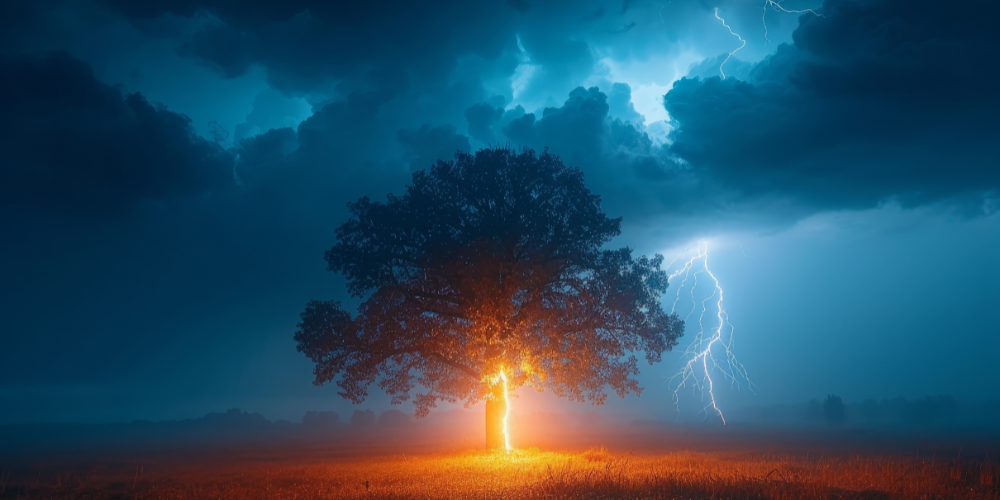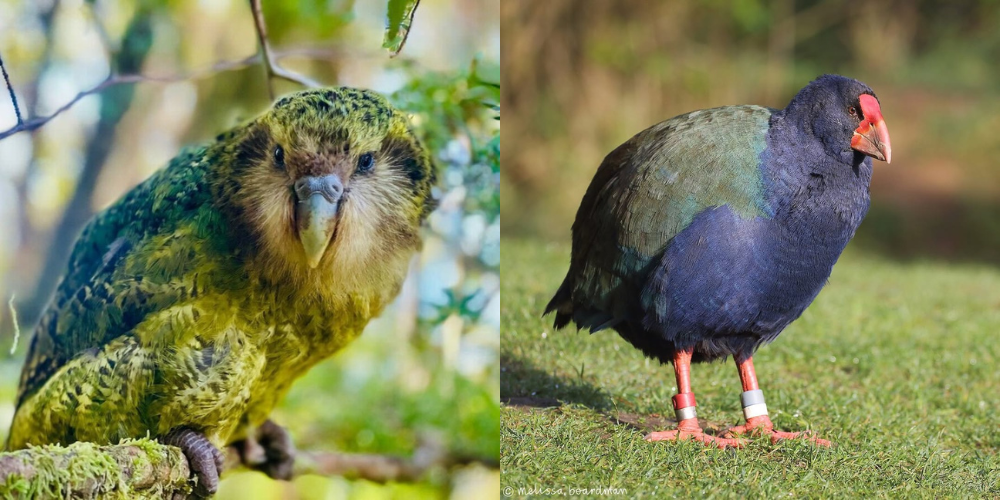Walk through any dense forest after a storm, and you’ll see what looks like ordinary treefall—nothing to suggest that a jolt from the sky may have triggered the collapse. But zoom out globally, and those unremarkable deaths add up to a staggering number: over 320 million trees lost annually due to lightning strikes. And no, that doesn't include wildfire losses—just the trees directly felled by lightning itself, often without any flames at all.
Why We've Been Undercounting Lightning Kills for Decades
The problem wasn’t a lack of interest—it was a lack of clarity. Lightning rarely leaves behind clean evidence. Unlike a fire or a chainsaw, it doesn’t always leave an obvious trail. Sometimes a tree dies immediately, but more often, it declines over months, looking more like natural decay than electrical trauma. By the time researchers circle back, bark is peeling, roots are gone, and the tree tells no clear story. Traditional surveys couldn’t keep up.
What changed? A shift in approach. Instead of relying solely on physical clues, researchers combined satellite lightning data with forest mortality modeling and field plots from tropical regions. The results not only blew past previous estimates—they also showed where this damage is most concentrated and which species tend to take the hit.

Instagram | @downloaded | Lightning strikes more trees than we know, silently killing millions across forests each year.
The Silent Carbon Spill
Here’s the kicker: all those trees die slowly, and in doing so, they quietly release carbon into the atmosphere—roughly a billion tons of CO₂ each year. Not through fire, not through industry, just through decay. That puts lightning-struck tree deaths on par with emissions from major nations. Yet it’s rarely considered in climate models or forest carbon budgets. The CO₂ doesn’t rise in plumes; it seeps out of dead trunks over time, under the radar and largely unmeasured.
Where the Strikes Hurt the Most
Tropical forests bear the brunt. Central Africa, parts of Southeast Asia, and the Amazon see the highest lightning frequency. That means their trees—many of which are tall, old, and packed with stored carbon—are most at risk. The damage tends to hit unequally: in Panama, for instance, lightning was linked to nearly 40% of all large-tree deaths in one long-term study. These are the ecological heavy-lifters—shade providers, seed producers, carbon sinks. Their loss is not just numeric—it changes the structure of the forest itself.
Lightning Has a Type
Tall trees with high water content and exposed crowns attract lightning like magnets. But there’s another twist: vines. In dense tropical forests, lianas often connect neighboring trees, helping spread the electrical charge across multiple trunks. A single strike can damage a dozen trees, not just one. And because many of those trees die gradually, you don’t always see the full extent of the damage until it’s far too late to measure it cleanly.

Instagram | @downloaded | Lightning fuels rising emissions as dying trees release carbon deep into the warming world.
What Warmer Air Really Means
Higher humidity and warmer temperatures mean more energy in the atmosphere. More energy means more lightning. Most climate models already predict a spike in strike frequency, especially in northern latitudes. As tree lines shift and forests stretch into previously colder regions, lightning could become a leading cause of mortality in zones that have never had to worry about it before. We're not just talking about isolated cases—this could reshape entire forest ecosystems over the next century.
Looking at Forests Differently
There’s a quiet irony in all of this. We’ve focused so much on forest fires, logging, and droughts—and rightly so—but one of the most pervasive killers of trees is a bolt we often forget to count. Forest models, land management plans, and conservation strategies need to stop treating lightning as a background event. It’s a disturbance with teeth.
And unlike fire, you can’t fight it. You can only understand its patterns, map its damage, and plan forests that are better able to absorb the blow.








